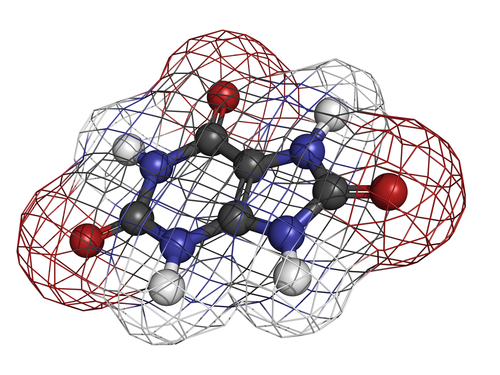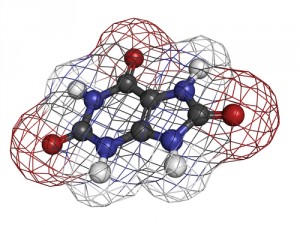Uric Acid Levels In Pulmonary Arterial Hypertension Related To Endothelin Antagonism, According To New Study

 Scientists now believe that uric acid (UA) levels are a significant health consideration for PAH patients, as UA has been demonstrated to be elevated in patients with pulmonary arterial hypertension (PAH) and heart failure. Elevated UA levels have been linked with poor patient outcomes. According to recent research published in the Journal of Heart and Lung Transplantation, researchers now believe that high UA serum levels is an independent risk factor for cardiovascular disease and kidney dysfunction. Researchers analyzed the effects of endothelia receptor antagonism (ERA) on serum uric acid in PAH patients participating in the Sitaxentan to Relieve Impaired Exercise (STRIDE)-2/2X trial, and the impact of uric acid on 6-minute walk distance (6MWD), time to clinical worsening (TtCW) and survival. STRIDE-2X was a 1 year, open-label extension of STRIDE-2.
Scientists now believe that uric acid (UA) levels are a significant health consideration for PAH patients, as UA has been demonstrated to be elevated in patients with pulmonary arterial hypertension (PAH) and heart failure. Elevated UA levels have been linked with poor patient outcomes. According to recent research published in the Journal of Heart and Lung Transplantation, researchers now believe that high UA serum levels is an independent risk factor for cardiovascular disease and kidney dysfunction. Researchers analyzed the effects of endothelia receptor antagonism (ERA) on serum uric acid in PAH patients participating in the Sitaxentan to Relieve Impaired Exercise (STRIDE)-2/2X trial, and the impact of uric acid on 6-minute walk distance (6MWD), time to clinical worsening (TtCW) and survival. STRIDE-2X was a 1 year, open-label extension of STRIDE-2.
[adrotate group=”4″]
An endothelin receptor antagonist (ERA) is a drug that blocks (antagonizes) endothelin receptors. Sitaxentan, ambrisentan and bosentan are often used to treat PAH by blocking endothelin receptors to lower blood pressure and serum uric acid. Endothelin (ET) is a powerful endogenous vasoconstrictor that is produced within the vasculature. Endothelin-1 receptors mediate their effects by way of 2 receptors: endothelin-A (ET-A) and endothelin-B (ET-B) receptors. A proper balance in activation of the A and B receptors of the endothelin-1 complex maintains healthy blood pressure levels as well as lower serum uric acid. Major pathological effects have been observed in PAH patients with the endothelin-A receptor in terms of increased hypertension and uric acid.
Clinical Trial Reveals Drug To Reduce Uric Acid in PAH Patients
Current research has demonstrated that chronic selective ET-A antagonism with the drug sitaxentan decreases proteinuria, blood pressure, arterial stiffness, and uric acid levels. A double-blind, placebo-controlled STRIDE-2 trial was performed for 18 weeks. Two hundred and forty-six PAH patients were randomized and received matched placebo, sitaxentan 50 or 100mg orally once a day, or open-label bosentan 125 mg twice daily.
[adrotate group=”3″]
Baseline serum uric acid was similar between groups. Increased serum uric acid was a significant risk factor for 1-year mortality and TtCW. Sitaxentan 50 and 100 mg and bosentan decreased serum uric acid levels (p < 0.05) and decreased levels of serum uric acid levels correlated with increased 6 mile walk distance (P=0.0037).
It was observed that serum uric acid levels were decreased in PAH patients who were administered an endothelin receptor antagonist and the decrease was linked with better patient outcomes and long time to clinical worsening. Nevertheless, further study is required to investigate the pathogenic role of serum uric acid in PAH patients and its prognostic potential.







